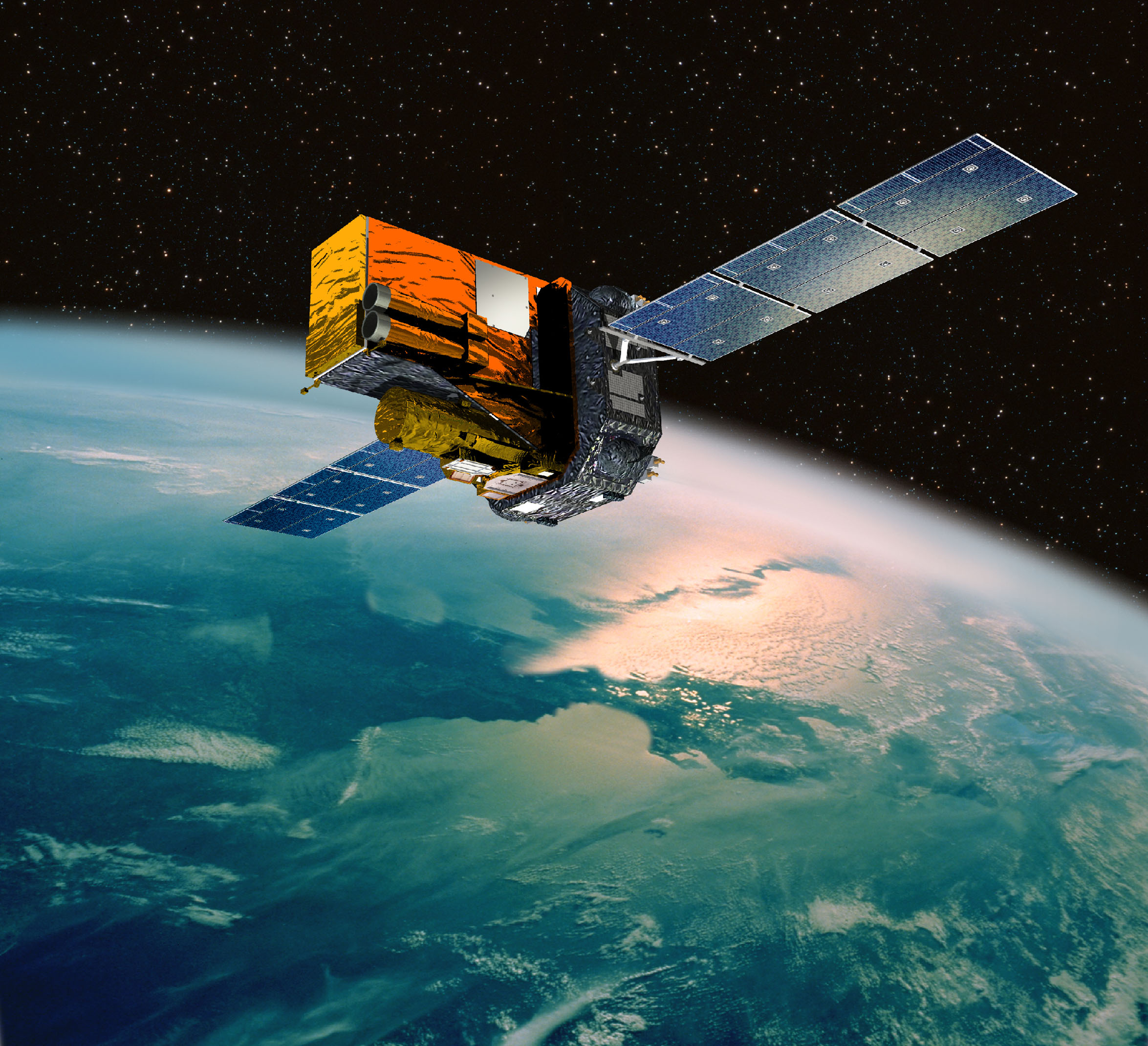
INTRODUCTION
High energy (X and gamma ray) astronomy explores the most energetic phenomena that occur in nature, thanks to which the fundamental questions of physics and astrophysics can be addressed.
In 2002, the European Space Agency (ESA) launched the International Gamma-ray Astrophysics Laboratory (INTEGRAL) in Space. On board there are two main instruments for gamma rays (the spectrometer SPI and the imager IBIS), two X-ray monitors (JEM-X) and an optical camera (OMC).
Thanks to their large field of view (~100 square degrees), the high energy instruments perform long and uninterrupted observations of large portions of the sky. This peculiarity, together with the ability to observe in a wide range of energy from 3 keV to 10 MeV, makes INTEGRAL the ideal mission to explore the sky at high energies in all its facets: from the morphology of the persistent and diffuse emission at 511 keV in our Galaxy, to the discovery of new point sources (the number of known high-mass X binaries has been tripled by INTEGRAL and about 700 new sources have been discovered), passing through the search for gamma-ray bursts – the electromagnetic counterparts of gravitational waves.
INTEGRAL has a fundamental role in linking soft X-rays (under 10 keV, explored by missions like XMM-Newton, Chandra, etc.) to high-energy gamma rays (MeV-GeV domain, e.g. with Fermi) and TeV ground observatories (e.g., MAGIC, HESS, and the forthcoming CTA).
INTEGRAL @ IASF MILANO
Over the years, IASF-Milano has played an important role in the INTEGRAL mission, from the initial phases of the design, to the construction, calibration and scientific exploitation of the data that continues to this day. We quote in particular the Italian participation in the INTEGRAL Science Data Center, ISDC.
The ISDC is a consortium of European institutes, attached to the Astronomical Observatory of the University of Geneva; now a data centre for Astrophysics, it started as the INTEGRAL science data centre, responsible for the development of the INTEGRAL data analysis software, the archiving and distribution of scientific data, the instrument monitoring, the quick-look analysis for the discovery of events worthy of follow-up. The main contributions of the IASF Milano to the ISDC are:
- Responsibility of the INTEGRAL Burst Alert System, IBAS
(development, integration, testing, use, maintenance, distribution)
IBAS has the function of continuously and automatically monitoring the data sent to Earth by the satellite in order to detect and locate gamma-ray bursts. Thanks to IBAS, INTEGRAL is the first satellite to provide accurate locations (with an accuracy of 2-3 arcminutes) in real time, allowing rapid follow-up observations from the scientific community. - Responsibility of the INTEGRAL simulator, Observation SIMulator – OSIM
(development, integration, testing, use, documentation and distribution)
OSIM is a software package that simulates INTEGRAL’s observations generating data very similar to reality, both from a scientific and a format point of view. The aim, before the launch of the satellite, was twofold: to provide data sets for the validation of the scientific analysis software and to allow the international community to become familiar with the data. - Participation to the Offline Scientific Analysis (OSA) activities for the imager IBIS
(scientific validation, testing, documentation, user support)
OSA is the software package that enables to perform the scientific analysis of INTEGRAL data for all the instruments. - Design and development of the Pre-Processing of INTEGRAL data, PP
(development, testing, maintenance)
PP is one of the most important subsystems of the ISDC. From the day of the launch, it processes the raw telemetry from the satellite (scientific and housekeeping data) continuously and in real time, preparing the first ISDC data level (FITS format) that the starting point for all the following analysis.
In addition, the IASF-Milano participated (co-investigator) in the SPI Plastic Scintillator AntiCoincidence Subassembly (PSAC) which reduces the 511 keV background due to particle emission by the passive systems, and to the IBIS instrument calibration activities (program manager).
One of the main INTEGRAL activities at IASF-Milano has been the preparation and maintenance of an INTEGRAL archive (A New InTegral Archive, ANITA) with the analysis of public IBIS and JEM-X data, leading to several lines of investigation and internships with students.
FOR MORE INFORMATION
INTEGRAL@ESA 1
INTEGRAL@ESA 2
ISDC
INTEGRAL SCHEDULE
IBAS: INTEGRAL BURST ALERT SYSTEM
ANITA: INTEGRAL@IASF-Mi
